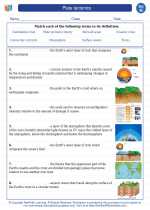MIGRATION
Migration refers to the movement of individuals or groups from one place to another. This movement can be seasonal or permanent and is often driven by factors such as food availability, climate, or mating patterns. Migration can be observed in various living organisms including animals, birds, and even humans.
Types of Migration
There are different types of migration, including:
- Animal Migration: This involves the movement of animals from one region to another, often in search of food, breeding grounds, or better living conditions.
- Bird Migration: Birds migrate seasonally, flying thousands of miles to reach breeding grounds or warmer climates during winter.
- Human Migration: Humans have migrated throughout history for various reasons such as economic opportunities, political asylum, or better living conditions.
Causes of Migration
Migration can be influenced by many factors, including:
- Environmental Factors: Changes in climate, natural disasters, or availability of resources can lead to migration.
- Social and Economic Factors: People may migrate in search of better job opportunities, education, or to escape poverty or conflict.
- Political Factors: War, persecution, or political instability can force people to migrate to safer places.
Impact of Migration
The impact of migration can be both positive and negative. It can lead to cultural exchange, economic growth, and diversity, but it can also create social challenges and strain resources in the receiving communities.
Study Tips
To better understand the concept of migration, consider the following study tips:
- Read about famous animal migrations and their significance in maintaining ecological balance.
- Explore the historical patterns of human migration and their impact on the world's cultures and societies.
- Discuss the economic and social implications of modern-day migration on both the sending and receiving countries.
By understanding the different types, causes, and impacts of migration, you can gain a broader perspective on this complex and important phenomenon.
.◂Science Worksheets and Study Guides Eighth Grade. Plate tectonics
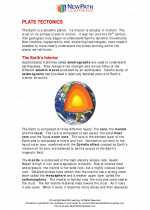
 Activity Lesson
Activity Lesson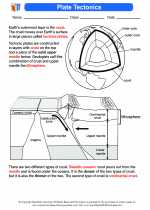
 Worksheet/Answer key
Worksheet/Answer key
 Worksheet/Answer key
Worksheet/Answer key
 Worksheet/Answer key
Worksheet/Answer key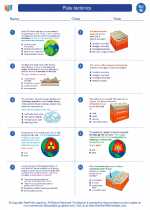
 Worksheet/Answer key
Worksheet/Answer key
 Vocabulary/Answer key
Vocabulary/Answer key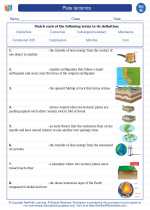
 Vocabulary/Answer key
Vocabulary/Answer key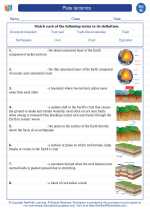
 Vocabulary/Answer key
Vocabulary/Answer key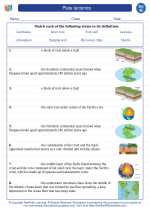
 Vocabulary/Answer key
Vocabulary/Answer key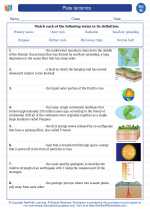
 Vocabulary/Answer key
Vocabulary/Answer key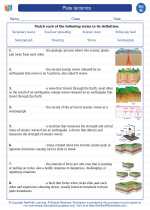
 Vocabulary/Answer key
Vocabulary/Answer key
 Vocabulary/Answer key
Vocabulary/Answer key